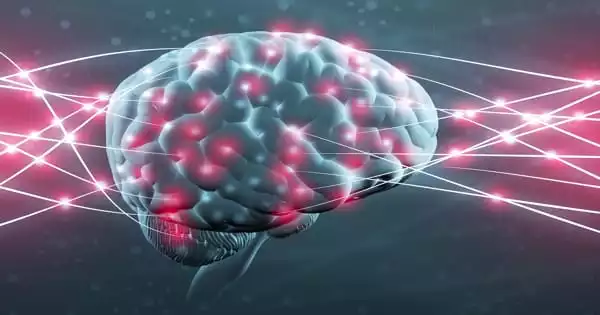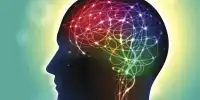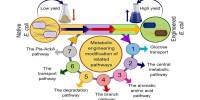The human brain is organized into a hierarchy of functional systems that grow during childhood and adolescence to facilitate dynamic attention and behavior control. However, how growing white-matter architecture enables coordinated variations in neuronal activity underlying cognition is uncertain.
A Northwestern Medicine scientist and colleagues from Wayne State University discovered that as brains mature, the precise ways in which two key memory regions in the brain communicate make us better at forming lasting memories in a new, rare study of direct brain recordings in children and adolescents. The findings also point to how our brains learn to multitask as we get older.
A paucity of high-resolution data from children’s brains has historically resulted in gaps in our understanding of how the developing brain generates memories. The researchers used an intracranial electroencephalogram (iEEG) on young patients to investigate how brain development aids memory development.
Our work helps us clarify how memory develops, not just that it develops. Understanding how something comes to be – memory in this case – allows us to see why it inevitably falls apart. Human memory grows during childhood, peaks in your twenties, and diminishes with age for the majority of people, including those who do not get dementia.
Lisa Johnson
The researchers discovered a correlation between how the brains of persons aged 5 to 21 developed and how effectively they were able to form memories across a 16-year span. For example, younger children with less developed brains than adolescent participants were unable to form as many memories as certain adolescents.
“Our work helps us clarify how memory develops, not just that it develops,” said Lisa Johnson, assistant professor of medical social sciences and pediatrics at Northwestern University Feinberg School of Medicine. “Understanding how something comes to be – memory in this case – allows us to see why it inevitably falls apart. Human memory grows during childhood, peaks in your twenties, and diminishes with age for the majority of people, including those who do not get dementia.”
To address this, her research focuses on memory across the lifetime to provide a comprehensive understanding of brain development and memory, which is why this study focused on pediatric patients.

Rhythms of key memory regions of the brain
The study focused on communication between two brain regions that are important in memory formation: the medial temporal lobe (MTL) and the prefrontal cortex (PFC). To learn how these regions communicate with one another, the scientists examined two brain signals: a slowly oscillating brain wave and a quicker oscillating brain wave. The rhythms determined whether or not a memory was created and distinguished top-performing adolescents from lower-performing adolescents and children.
Pioneering intracranial EEG in pediatric patients
The study’s participants were already undergoing brain surgery for another reason (typically to treat epilepsy), and the scientists took advantage of this once-in-a-lifetime opportunity to review data from electrodes implanted directly on the exposed surface of the brain.
Patients were hospitalized for a week following brain surgery to be monitored. Johnson’s team conducted its experiments during this time, having participants look at photos of scenes to assess how well they remembered them. The researchers showed them the same images again as well as fresh scenes they hadn’t seen before (e.g., a different image of an outdoor area) to determine if there were any age-related differences in how well study participants remembered what they’d seen.
The study focused on communication between two brain regions that are important in memory formation: the medial temporal lobe (MTL) and the prefrontal cortex (PFC). To learn how these regions communicate with one another, the scientists examined two brain signals: a slowly oscillating brain wave and a quicker oscillating brain wave.
Our brains learn to multitask with age
Another surprising discovery in the study is that there appear to be age variations in fast and slow theta oscillations, which are brain rhythms that aid cognition, behavior, learning, and memory. The slow theta frequency decreases with age, while the fast theta frequency increases.
“These rhythms seemed to diverge with age, so they were comparable in 5-year-olds but different in 20-year-olds,” Johnson explained. “The fact that important memory regions interact at both frequencies indicates how your brain learns to multitask as you age.”
The researchers showed them the same images again as well as fresh scenes they hadn’t seen before (e.g., a different image of an outdoor area) to determine if there were any age-related differences in how well study participants remembered what they’d seen.













